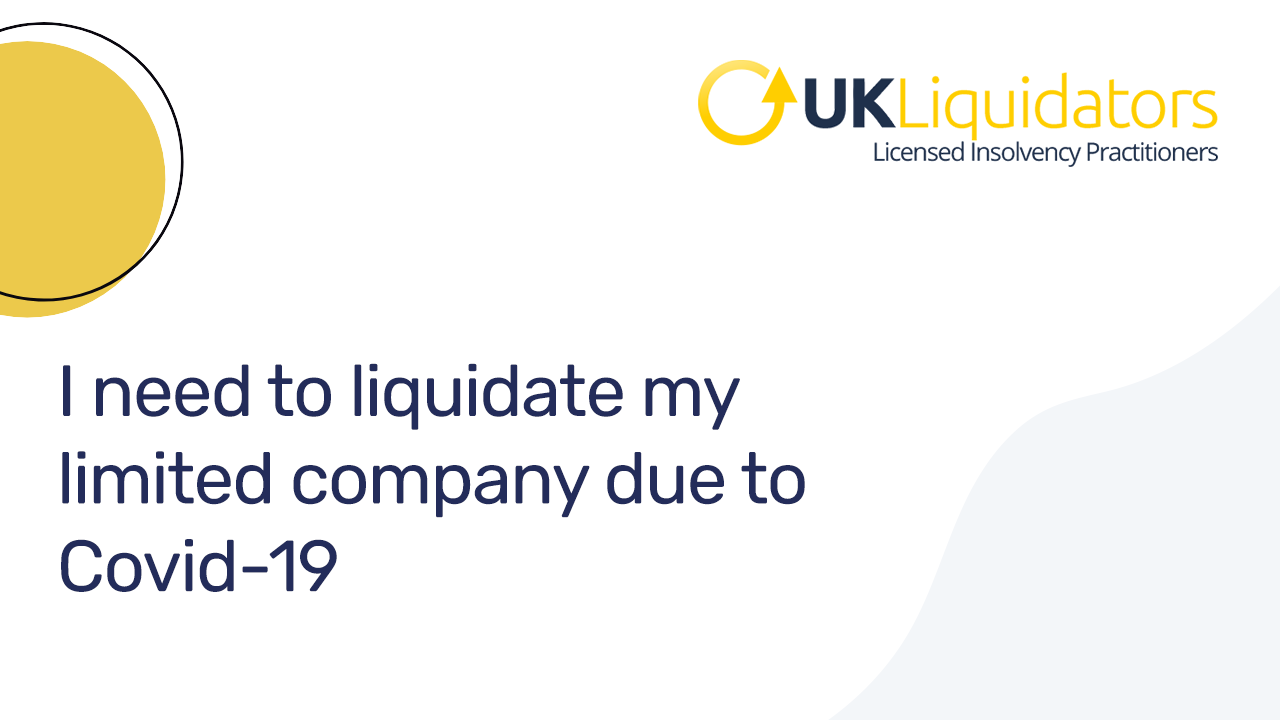Getting The Insolvency Practitioner To Work
Getting The Insolvency Practitioner To Work
Blog Article
Insolvency Practitioner - Questions
Table of ContentsNot known Incorrect Statements About Insolvency Practitioner An Unbiased View of Insolvency PractitionerThe Insolvency Practitioner DiariesA Biased View of Insolvency PractitionerSome Known Details About Insolvency Practitioner 8 Simple Techniques For Insolvency PractitionerNot known Incorrect Statements About Insolvency Practitioner
Insolvency is when responsibilities are more than the value of the company, or when a debtor can not pay the financial debts they owe. A firm can come to be insolvent as a result of a variety of situations that result in inadequate capital. When encountered with bankruptcy, a company or person can call lenders directly and restructure debts to pay them off.
Business proprietors may get in touch with financial institutions directly and restructure financial obligations right into even more convenient installments. Creditors are generally amenable to this technique since they desire to be paid off and avoid losses, also if the repayment is on a postponed schedule.
The proprietor creates a proposition outlining just how the financial obligation might be reorganized utilizing cost decreases or various other prepare for assistance. The proposition shows financial institutions exactly how the organization may generate enough capital for lucrative procedures while paying its debts. Commonly, a forgiven debt might be considered earnings by the Internal Profits Service (INTERNAL REVENUE SERVICE).
Insolvency Practitioner Can Be Fun For Everyone
When an organization has actually to pay increased prices for goods and services, the company passes along the price to the customer. Instead than pay the raised price, many consumers take their service elsewhere so they can pay less for a service or product. Losing clients leads to losing income for paying the firm's lenders.
When operations cease, so does the firm's revenue. Some business end up being insolvent because their products or services don't evolve to fit customers' altering needs.
7 Simple Techniques For Insolvency Practitioner
Costs go beyond earnings and bills continue to be unpaid. Cash-flow insolvency occurs when a firm has the properties to cover their financial obligations but they are in the incorrect form, such as actual estate instead of fluid funds. Balance-sheet bankruptcy, on the other hand, indicates an absence of possessions in any kind of type to cover financial obligations.
The internal revenue service states that an individual is bankrupt when the complete obligations go beyond overall assets. Insolvency Practitioner. A bankruptcy, on the other hand, is a real court order that illustrates how an insolvent individual or service will certainly repay their creditors, or how they will sell their properties in order to make the settlements
5 Easy Facts About Insolvency Practitioner Described
When a business or individual is insolvent, they can not satisfy their financial responsibilities. Insolvency is not the same as personal bankruptcy, although a business that has actually become bankrupt might submit for personal bankruptcy. Insolvency is the state of not being able to pay your commitments while personal bankruptcy is a legal process to release your financial debts.
Understanding the elements that can lead to insolvency, such as overspending, can aid you prevent insolvency and its repercussions.
Everything about Insolvency Practitioner
It is popular that directors and police officers of firms (and managers of restricted liability business) owe fiduciary tasks to their companies and their shareholders (or members). These fiduciary commitments are defined by state statutes and, though there are variants from one state to another, they typically consist of a duty of loyalty and a task of care.
The duty of treatment needs supervisors and officers to work out diligence, to make enlightened decisions, and to act in great confidence so that their actions remain in the very best passion of the firm. Though beyond the scope of this discussion, some states enable these obligations to be limited either by so keeping in mind in the organizational files or conforming with other requirements.
About Insolvency Practitioner

Take care regarding providing shareholders favoritism at the expenditure of creditors (e.g., accrediting and moneying a returns or a supply redemption). Beware regarding favoritism in between classes of shareholders. Clear up efforts to find out all the realities prior to taking a particular course of action; supervisors need to truly think Read Full Report that any type of decisions made are in the most effective rate of interests of the company in its entirety (i.e., choices will be evaluated in hindsight in light of the effect of such actions on the firm).
In any type of personal bankruptcy or insolvency proceeding, payments made to certain creditors at the cost of other lenders can be clawed back, especially if there is some connection between the business and the lender. Think about suggesting at a yearly stockholder meeting (or any other conference of stockholders) a resolution attesting that all previous service choices and actions i thought about this taken by the directors and officers of the firm were taken in great faith after a workout of affordable care.
How Insolvency Practitioner can Save You Time, Stress, and Money.
Totally reveal any individual or company connections with events beyond of transactions including the firm to stay clear of the appearance of a dispute of passion. In evaluating possible fund elevating purchases or a sale of assets of the troubled corporation, know that these deals may be inspected later on taking into account any subsequent expansion of directors' fiduciary responsibilities to include lenders.
Report this page